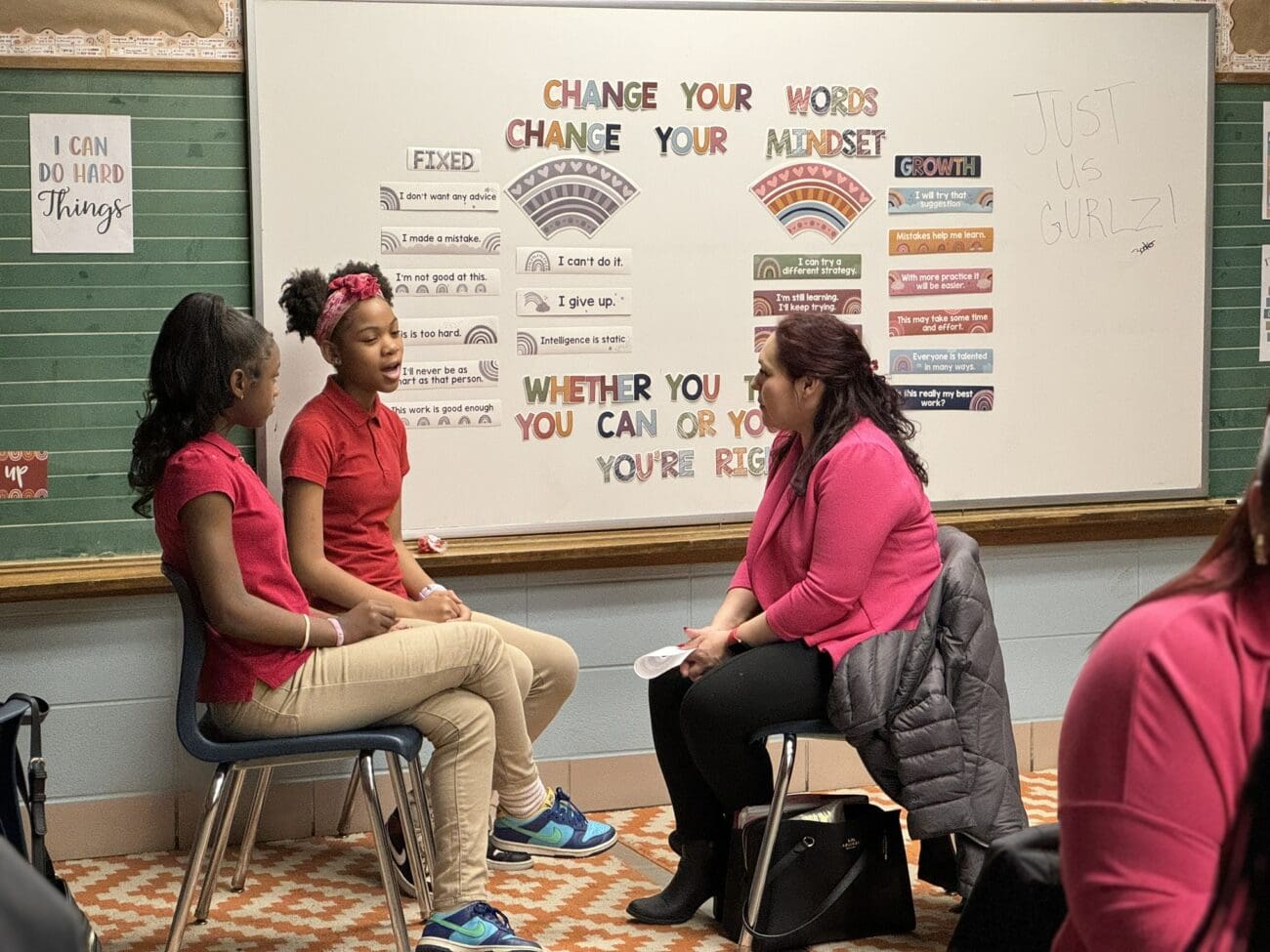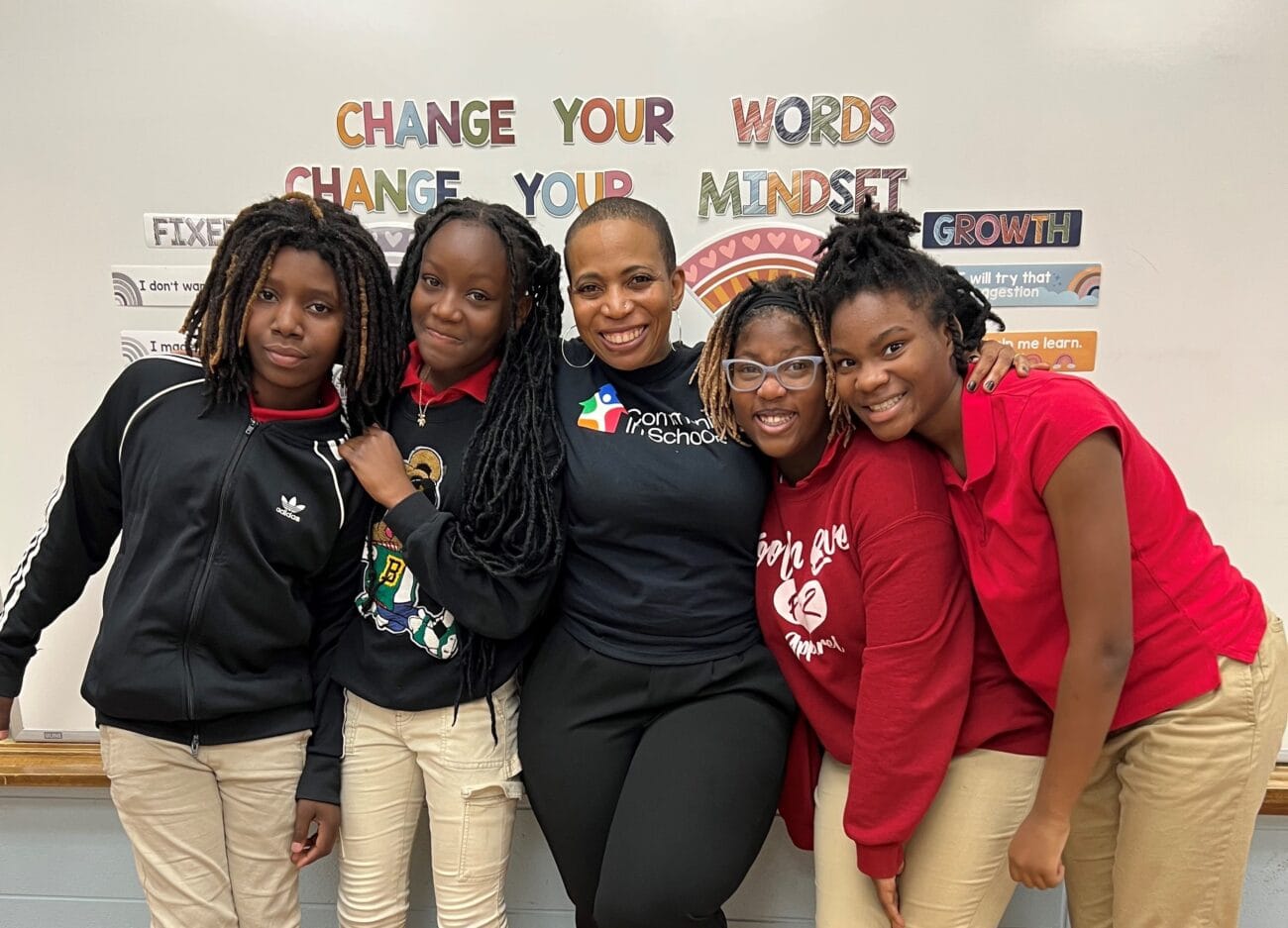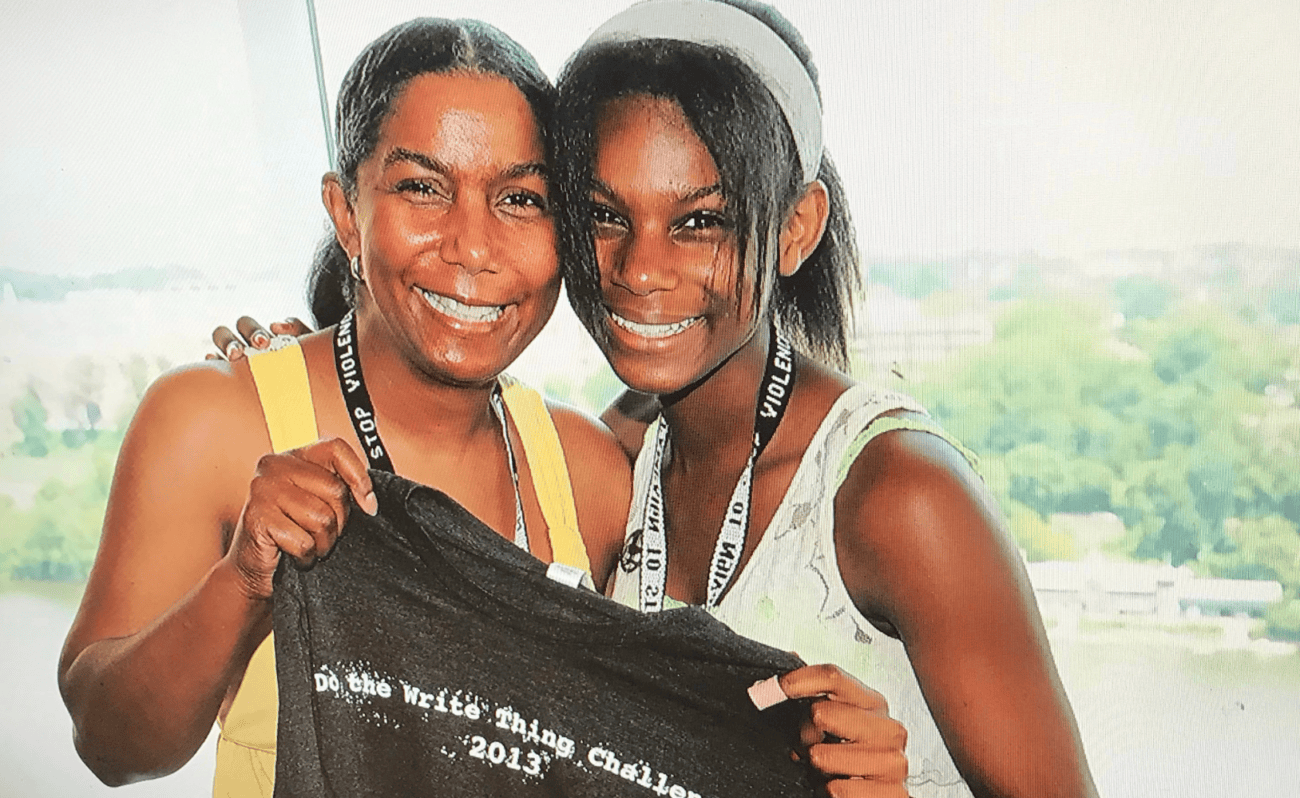One Strategy Our Team is Using to Support Students Experiencing Anxiety
Do you have a plan in place for when an emergency strikes? What about one to reach a personal or professional goal?
Often, we think of creating detailed plans for big events, but having a plan in place for responding to everyday challenges can be just as important. And for some young people, plans can be critical resources to help them come to school confident and ready to learn.
CIS’ Student Supports Managers are helping young people who are experiencing feelings of stress and anxiety with creating tailored plans of their own, so they can identify what is triggering their emotions and have the tools they need to cope.
At a CIS partner school on the Northwest Side, one fifth grade student, Daniel, was having a hard time in his music class. When the music teacher asked him to present his final project in front of the classroom, he began displaying symptoms of a panic attack.
Daniel started meeting regularly with Ariana, the CIS Student Supports Manager based at his school. She spent a lot of time getting to know Daniel — learning what he liked to do and what was important to him. For a student who experiences intense anxiety symptoms, Ariana intentionally spent extended time building her relationship with Daniel to ensure that he felt safe when he was ready to explore his anxiety.
Once the student expressed that he was ready to dive deeper, she explained to him that his body was having a physical reaction, a fight or flight response, from some strong emotions — and that those feelings were normal. Once he was able to understand what was happening in his brain and body, Ariana worked with Daniel to create a plan for feeling safe and confident in future situations that trigger his symptoms of anxiety.
The first part of the plan was creating a positive affirmation, something to remind Daniel that he had agency over his emotions and empowered him to face stressful situations confidently. Ariana encouraged Daniel to read his affirmation — “I am control of my feelings” — over and over before his next performance in music class.
The second part of the plan focused on ways that Daniel could manage anxious feelings during the performance. When Daniel went to the front of the classroom, he planned to breathe — slowly and deeply — and have something in his pocket, like a fidget, to touch with his fingers.
The last part of the plan came after the performance and focused on giving Daniel some space to let his feelings go in privacy. Ariana asked Daniel’s music teacher if he could leave the classroom after he presented to get a drink from the water fountain and splash some water on his face. She agreed.
In the fall, Daniel had his first music performance of the year. Not only did he complete his performance in front of the entire class, but he received a perfect score. When Ariana spoke with Daniel afterwards, he was able to clearly articulate the coping strategies he used and expressed how proud he was of himself for staying calm and in control the whole time.
Ariana knows that Daniel will be able to use these skills whenever he feels overwhelmed by anxious feelings, both inside and outside of the classroom.

Ava is another CIS student who struggled with anxious feelings at the beginning of the school year. A sixth grader at a CIS elementary school on the Southwest Side, Ava was feeling nervous. Now that she was in middle school, she had to walk home from class each day by herself. It was a new experience for Ava, and even though she lived only few blocks away from school, she wasn’t confident she could do it.
Her worry growing, Ava approached CIS Student Supports Manager Alex after lunch one day and asked to talk. First, Alex just listened to Ava. She made sure not to diminish Ava’s feelings or fears. After Ava explained the situation, Alex helped Ava talk through those fears. They envisioned what the worst-case scenario could be, what the best-case scenario could be, and what was most likely going to happen. That helped put Ava’s anxiety into perspective.
Together, they came up with a plan for that first walk home. Ava and Alex created some affirmations on a notecard that Ava could say before and during the walk: “I’m going to be safe” and “It’s going to be okay.” After more reflection, Ava added one more: “I’m going to be brave,” she wrote.
After they’d created the affirmations, Alex and Ava examined her route home on a map. They checked the number of blocks Ava would walk and made sure she knew exactly where she would turn. Finally, they came up with a strategy. During Ava’s walk, she would stay close to other students who took that same route home. That way, she would feel safer and more comfortable.
The next day, Ava met Alex with a smile. She’d put her affirmations and strategies into practice and made it home without a hitch. She was proud of herself for putting their plan in place and for feeling confident on the walk home. “I’m so proud of you,” Alex told her.

Across the city, CIS Student Supports Managers are serving as advocates for Chicago’s young people. They’re helping them explore their fears, process their emotions, and create plans that empower them to succeed during the school day and beyond.
Names in this story have been changed to protect student privacy.
From the Vault
Alumni team member Jessica Juarez demonstrates ways to create positive affirmations and practice self-expression using items you have at home.




